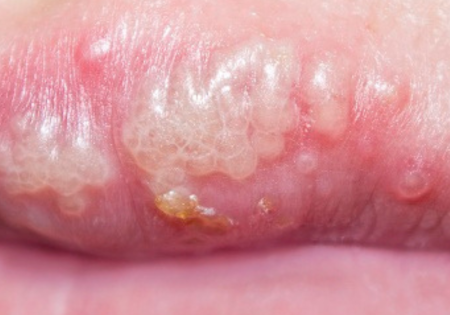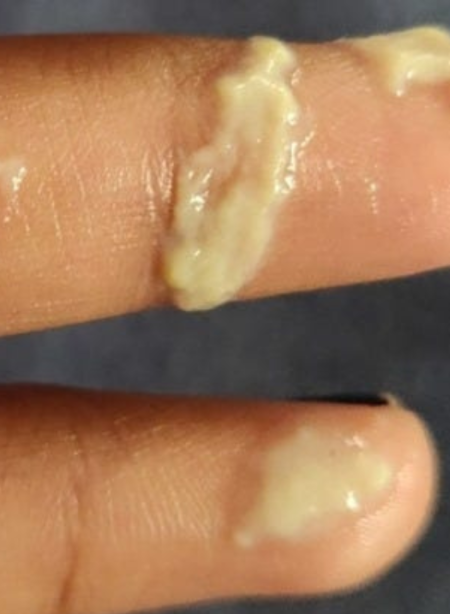Banana peels are the outer covering of a banana fruit, typically yellow when ripe, although they can range from green to brown depending on the ripeness of the banana.
They are thin and flexible, with a slightly slippery texture on the outside. The inner surface of the peel is soft and often slightly moist.
Nutritional Value: Although banana flesh is usually eaten for its health advantages, banana peels are also a good source of potassium, fiber, vitamins B6 and B12, and magnesium. Even though peels aren’t usually consumed raw, their nutritional value may have health benefits.
USEFULNESS OF BANANA PEELS:
- Composting: Because banana peels contain a lot of organic matter, they are a great addition to compost bins or piles. Banana peels compost reasonably rapidly and add important nutrients that enhance the soil’s fertility and structure.
- Gardening: To improve soil quality and supply plants with nutrients, banana peels can be utilized directly in gardening techniques. As a natural fertilizer, smashed or diced banana peels can be buried around the base of plants to encourage fruit production and healthy growth.
- Natural Cleaning Agent: You may use the inside of a banana peel to naturally polish a variety of objects, such as cutlery, shoes, and leather. To eliminate grime and add a shine, rub the peel on the surface and then buff it with a soft cloth.
- Skin Care: Antioxidants and other substances found in banana peels may help maintain the health of your skin. It’s been stated that using a banana peel rubbing salve to the skin will help with minor skin irritations, insect bites, and acne. The moisturizing qualities of the peel might also aid in hydrating and softening the skin.
- Teeth Whitening: Some people use banana peels as a natural alternative for whitening teeth. Rubbing the inside of a banana peel against the teeth for a few minutes is believed to help remove surface stains and brighten the smile. However, scientific evidence supporting this practice is limited.
- Cooking: In some dishes, banana peels can be cooked and consumed, however this is less usual. Banana peels are used in curries, stews, and chutneys in several cultures after being boiled, fried, or pickled. The peel gets softer and more appetizing when cooked.
- Plant Care: You may use banana peels to keep pests out of your garden. Banana peel fragments can be buried in the ground or placed around plants to help deter aphids and other insects, therefore lowering the need for chemical pesticides.
- Environmentally Friendly: By repurposing a material that would otherwise be thrown away, using banana peels in a variety of ways can help cut waste and encourage sustainability. Banana peels can reduce environmental impact and promote eco-friendly behaviors when included into daily routines.
Despite being discarded by many after eating the banana fruit, banana peels have various potential uses, including as a natural fertilizer, cleaning agent, and skin care remedy. Their versatility and nutritional content make them a valuable resource in sustainable living practices.







